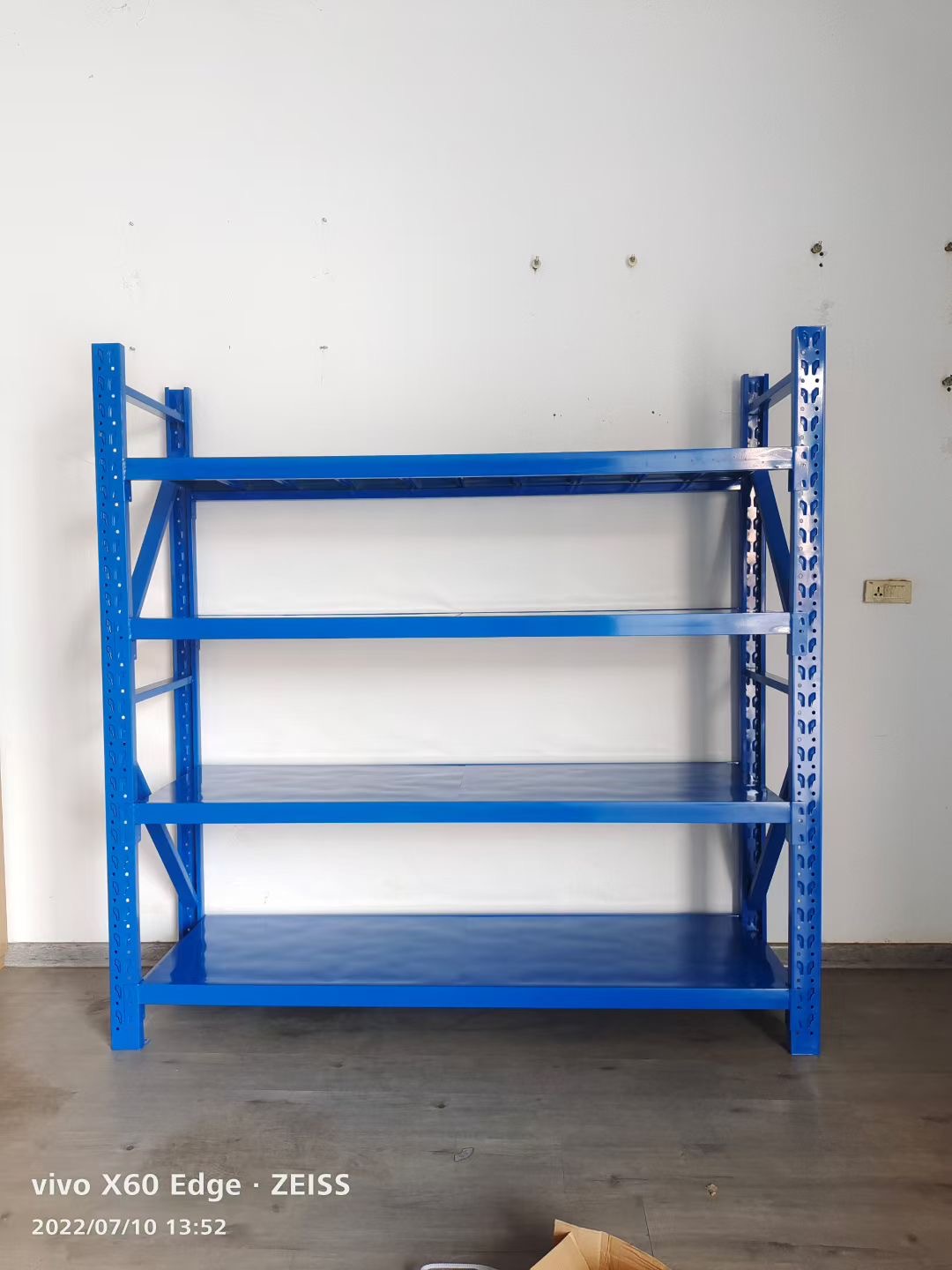In the realm of woodworking, certain types of wood stand out for their exceptional beauty, durability, and scarcity, making them highly sought after and consequently expensive. In this blog post, we will delve into the world of luxury woods, exploring the factors that contribute to their high price tags and highlighting some of the most expensive woods in existence.
- The Rarity Factor:
One of the primary reasons behind the exorbitant prices of certain woods is their rarity. As with any limited resource, the scarcity of these woods drives up their value. For instance, the Dalbergia species, commonly known as rosewoods, are highly prized for their unique grain patterns and rich colors. However, due to overharvesting and strict regulations, genuine rosewoods have become increasingly rare, leading to their high market value. - Exquisite Aesthetics:
Luxury woods are often characterized by their exceptional beauty and distinctive features. Take, for example, the burl wood, which is renowned for its intricate patterns and swirls. Burl wood is formed when a tree experiences an abnormal growth, resulting in a unique and visually stunning grain. The scarcity of burl wood, combined with its captivating aesthetics, contributes to its high price. - Durability and Longevity:
Another aspect that adds value to certain woods is their exceptional durability and longevity. Teak wood, known for its natural oils and resistance to decay, is a prime example. Teak has been used for centuries in shipbuilding and outdoor furniture due to its ability to withstand harsh weather conditions and resist insect attacks. Its remarkable durability makes it a preferred choice for luxury yacht decks and high-end outdoor furniture, driving up its price. - Cultural Significance:
In some cases, the cultural significance of a particular wood can significantly impact its value. For instance, the African Blackwood, also known as Mpingo, holds great cultural importance in African communities. This dense and dark wood is traditionally used to craft musical instruments like clarinets and oboes. Its scarcity, combined with its unique tonal qualities, makes it highly coveted by musicians and collectors alike, resulting in its high price. - Environmental Sustainability:
In recent years, the concept of sustainability has gained prominence in the woodworking industry. As a result, certain woods that are responsibly sourced and harvested have become more expensive due to the additional costs associated with sustainable practices. For example, the FSC-certified Brazilian Rosewood, known for its exceptional tonal qualities and beauty, is highly regulated and sustainably harvested, making it a rare and expensive choice for musical instruments.
Conclusion:
The world of luxury woods is a captivating realm where rarity, aesthetics, durability, cultural significance, and sustainability converge to create extraordinary value. From the elusive rosewoods to the mesmerizing burl wood and the culturally significant African Blackwood, each of these woods possesses unique qualities that justify their high price tags. As we appreciate the beauty and craftsmanship of these woods, let us also recognize the importance of responsible sourcing and sustainable practices to ensure their preservation for future generations.







